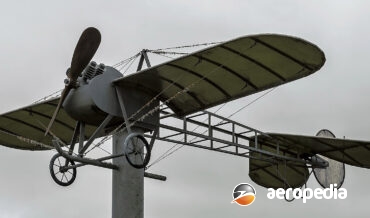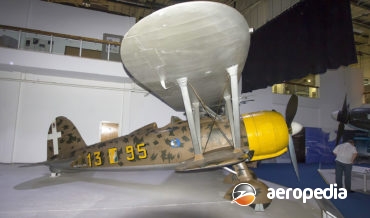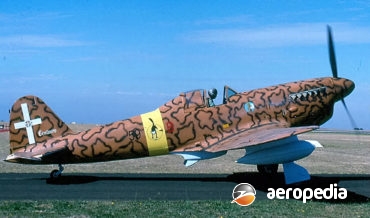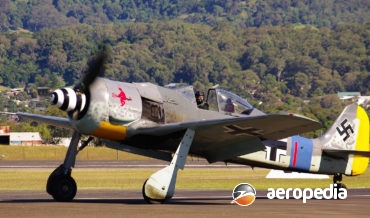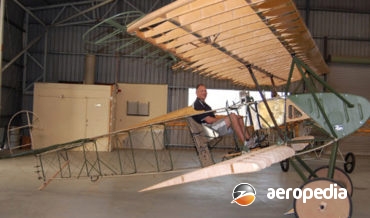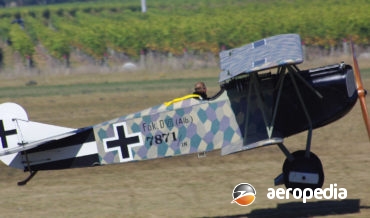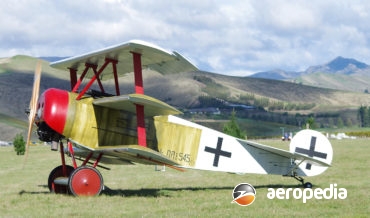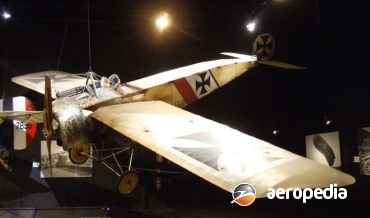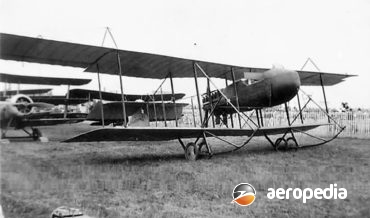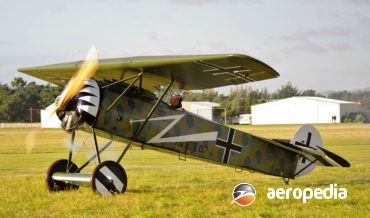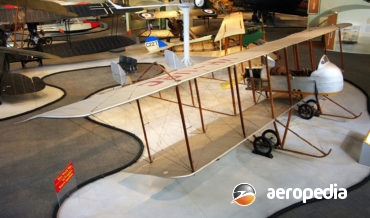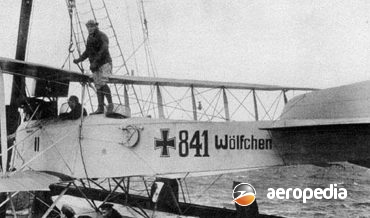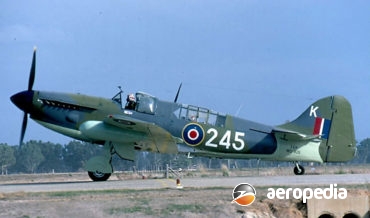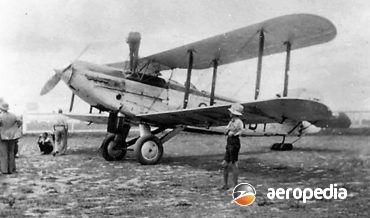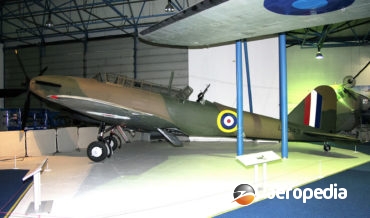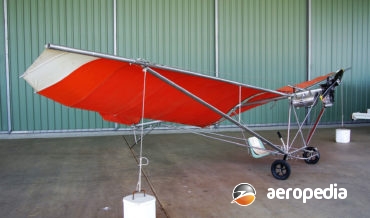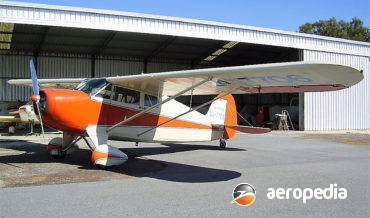All Contents
Contents
Photograph: An artists impression of a Firecatcher F-45 (Pacific Aerospace) Country of origin: New Zealand / United Kingdom Description: Fire-bomber / light utility transport Power Plant: One Pratt & Whitney Canada PT-65F turboprop Specifications: Cruising speed: 350 km/h (220 mph) Range: 1852 km (1,151 miles) History: The Firecatcher F-45 is
David C. Eyre
- November 21, 2021
This was a two-seat single-engine light aircraft designed by a Mr Finch at Warwick in Queensland for private use of metal and composite construction.
David C. Eyre
- May 25, 2020
Nothing is known about this aircraft at this stage but it was registered as VH-XFB (c/n Freckle 1) to its owner Adam Barrow of Murrumbeena, Vic on 16 March 2017.
David C. Eyre
- May 25, 2020
This was a light biplane homebuilt built in Melbourne with a pusher engine built by Keith Farmer, owner of Sopwith Gnu VH-UBY.
David C. Eyre
- May 25, 2020
The Fox Brothers of St Kilda, Vic over a period of 18 months built a small biplane. This machine was flown by N Chapman on 7 May 1932 from the Dudley Street Airport (later Coode Island) and attained a height of 305 m (1,000 ft) and completed two circuits of
David C. Eyre
- May 25, 2020
The Corella 1 was a single-seat, high-wing monoplane with a single-engine and tailwheel undercarriage designed and built Glenda Faint.
David C. Eyre
- May 25, 2020
The Rogal Biplane is an Australian designed ultra-light aircraft with open cockpit built to suit the purposes of the designer.
David C. Eyre
- May 25, 2020
The Mustang is a minimum aircraft and a single-seater. Examples have been constructed in this region, one becoming ZK-FIV (c/n 1113) in New Zealand in May 1984.
David C. Eyre
- May 25, 2020
This was a one-off ultra-light aircraft designed and built by Rodney Flockhart. It was allotted the registration 10-3468 (c/n 1) and appeared on the RAA register from 18 December 2000 to 7 September 2005.
David C. Eyre
- May 25, 2020
This aircraft was an Australian designed and built amphibian which was registered with the RAA as 19-7206 (c/n A001) on 13 July 2009.
David C. Eyre
- May 25, 2020
The Javelin was an ultralight built by Flightstar Australia Limited and a number of examples have been registered with the RAA, including 10-1303 fitted with a Rotax 447 engine registered on 5 September 1991.
David C. Eyre
- May 25, 2020
David Percival Fisher was an engineer involved in early aviation experimentation in the Wellington region of New Zealand in the early 1900s, building his own design monoplane, with the help of Reginald Harry White, in 1912.
David C. Eyre
- May 25, 2020
This machine is basically a two-seat development of the Sadler Vampire. The aircraft was initially developed by the designers of the Vampire but was never completed when the original Australian production line closed down.
David C. Eyre
- May 25, 2020
This was a single-seat, full scale replica of a Supermarine Spitfire by Mr Gerald Finch at Mareeba in Queensland. Of all metal construction, it was painted in a camouflage colour scheme and registered VH-NEY (c/n 0010708).
David C. Eyre
- May 25, 2020
This was a one-off homebuilt gyrocopter built around the cockpit section of a Robinson R-22. The machine is fitted with a tricycle undercarriage and was fitted with a Subaru EJ25 engine driving in a pusher configuration behind the cockpit, being fitted with a three-blade Ivo 1.93 m (76-inch) propeller.
David C. Eyre
- May 25, 2020
The CR.42 was designed by Celestino Rosatelli and was a development of the CR.32 fighter, and the experimental CR.41 of 1936, and was the last single-seat biplane fighter built by any of the combatants for World War II.
David C. Eyre
- May 19, 2019
Late in World War II the Fiat company in Italy designed the G-55 Centauro single-seat fighter powered by the Daimler Benz DB-605 12-cylinder VEE liquid-cooled engine, and this aircraft, although built in relatively small numbers, fought very successfully with the Fascist Republican Airforce.
David C. Eyre
- May 19, 2019
In 1935 the Technical Office in Berlin (RLM) issued a specification for a two-three seat multi-purpose communications aircraft to exploit the latest aerodynamic high-lift devices providing short field capability.
David C. Eyre
- May 19, 2019
The FW 190 was designed by Kurt Tank, technical director of the Focke Wulf Flugzeugbau, and was one of the most successful fighter aircraft of World War II, commencing life powered by a two-row BMW radial engine, final variants being powered by Junkers Jumo in-line engines.
David C. Eyre
- May 19, 2019
The Fokker D.I and D.IV were developments by Fokker of the M.18 prototype, the D.I being the production variant of the M.18z, the ‘z’ indicating Zweistielig, meaning a two strut or two bay biplane.
David C. Eyre
- May 19, 2019
In January 1918 comparison tests were made by the German Army Air Service to obtain an aeroplane with technical superiority over the enemy.
David C. Eyre
- May 19, 2019
Although one of the most famous aircraft of World War I, the Dr 1 was not in fact one of the great combat aircraft of that era.
David C. Eyre
- May 19, 2019
The Swordfish had its genesis in 1932 when Fairey built a two-seat torpedo bomber/three-seat spotter reconnaissance biplane as a private venture.
David C. Eyre
- May 19, 2019
The E.III was a single-seat fighting scout produced by Fokker to meet the requirements of the German Air Force in World War I.
David C. Eyre
- May 19, 2019
General Hirschauer, the Director of military aviation in France in 1915, sought that the Farman brothers, Henry and Maurice, design an aircraft to replace the MF-7 and MF-11 and they designed it around a cockpit which was ovoid in shape and was suspended between the wings and had a more
David C. Eyre
- May 19, 2019
The Fokker D.VIII, initially known as the Fokker E.V, parasol fighter, was designed by Anthony H G Fokker and differed from most designs of the time in being a monoplane.
David C. Eyre
- May 19, 2019
The Farman brothers, Henry and Maurice established a collaborative business to produce aircraft, although they retained their independent activities. In 1910 Maurice began experimentation with a design which lead to the Farman MF-7, an unequal-span biplane with a multiplicity of struts and bracing wires and fitted with a pusher engine,
David C. Eyre
- May 19, 2019
One of the most successful military turbojet powered trainers, the Magister was produced in large numbers, some 437 being completed for the French Air Force, and it was licence built, being produced in Finland by Valmet OY (62), Israel by Israel Aircraft Industries (36), and West Germany by Flugzeug Union
David C. Eyre
- May 19, 2019
The Felixtowe F.3 (also known as the Porte Felixtowe F.3), the prototype of which made its first official flight on 9 February 1917, was one of a series of large flying-boats built for the Royal Navy.
David C. Eyre
- May 19, 2019
Friedrichshafen Flugzeugbau GmbH was founded in 1912 in the town of that name on Lake Bodensee, this area being famous for its construction of the Zeppelin airships.
David C. Eyre
- May 19, 2019
The Firefly was designed as a shipboard two-seat fighter and reconnaissance aircraft around the then new Rolls Royce Griffon engine by Herbert Chaplin and the prototype (Z1826) flew for the first time on 22 December 1941.
David C. Eyre
- May 19, 2019
The Fairey Fox revolutionised the design of aircraft in the 1920s and was very successful in its role as a light-bomber for the Royal Air Force.
David C. Eyre
- May 19, 2019
Known initially as the Fairey Type Q, the prototype of the Fairey Gannet (VR546) flew for the first time on 19 September 1949, the second prototype (VR557) flying on 6 July 1950.
David C. Eyre
- May 19, 2019
The Fairey Gordon was a development of the Fairey IIIF, and in fact was originally known as the IIF Mk V, but had the Armstrong Siddeley Panther engine in lieu of the Napier Lion.
David C. Eyre
- May 19, 2019
The Fairey III was a very successful military general purpose biplane of the1920s which was built in a variety of models.
David C. Eyre
- May 19, 2019
The Fairey IIIF shared little, apart from a structural similarity, from the Fairey Fox.
David C. Eyre
- May 19, 2019
The Barracuda was one of a number of designs put forward to meet specification S.24/37 in January 1938 for a long-range torpedo bomber.
David C. Eyre
- May 19, 2019
The Battle was designed as a two-seat single-engine monoplane day-bomber able to carry 452 kg (1,000 lb) of bombs for 1,609 km (1,000 miles) at 322 km/h (200 mph).
David C. Eyre
- May 19, 2019
The Jeep was a single-seat high-wing braced monoplane built to Australian standard ANO95/10 with an enclosed cockpit and a pusher engine designed and produced in small numbers by Leigh Wakeland in the 1980s
David C. Eyre
- May 8, 2019
The Funk Aircraft Company was formed in 1941 by twin brothers, Joe and Howard Funk, in association with William and K Ray Jenson, taking over the assets of Akron Aircraft Incorporated which was set up at Akron in Ohio for the Funk brothers by local business men in 1937
David C. Eyre
- May 8, 2019
Recent Comments
Archives
Categories
- No categories
Categories
- No categories
Latest Posts
Newsletter





